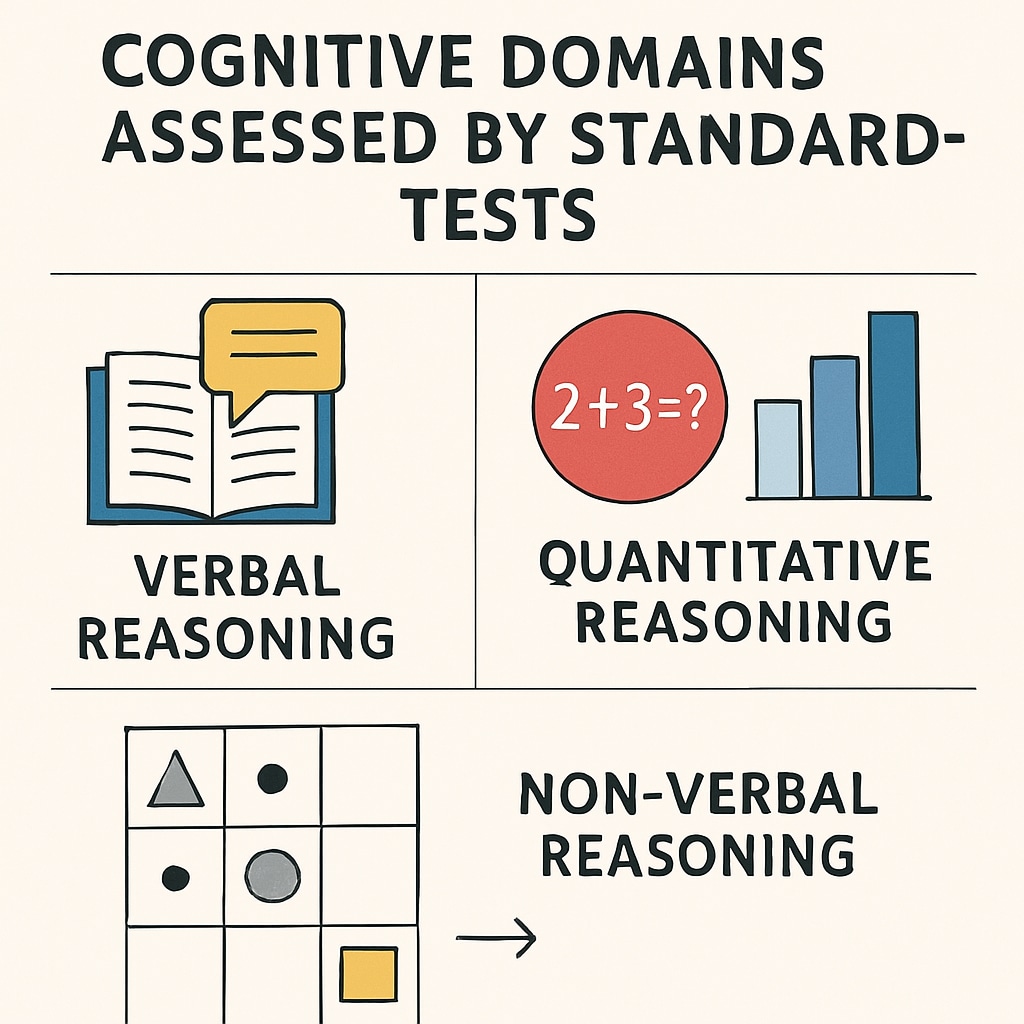Identifying gifted children early is essential for nurturing their unique abilities, and standardized intelligence tests play a pivotal role in this process. Tools like CogAT, WISC, and Stanford-Binet have become benchmarks for evaluating cognitive potential in young learners. This article offers a detailed comparison of these tests, focusing on their features, strengths, and suitability for assessing gifted children. Whether you are a parent or an educator, understanding these tools can help you make informed decisions about evaluating and supporting a child’s development.

Key Features of Popular Standardized Intelligence Tests
Before diving into the specifics of each test, it’s important to understand what makes a standardized intelligence test effective for assessing gifted children. The ability to measure multiple cognitive domains, provide reliable scoring, and account for individual differences are essential factors. Below is an overview of three widely recognized tests:
- Cognitive Abilities Test (CogAT): Known for assessing reasoning skills across verbal, quantitative, and non-verbal domains, CogAT is often used in school settings to identify gifted students.
- Wechsler Intelligence Scale for Children (WISC): A comprehensive tool that evaluates both verbal and performance IQ, the WISC provides detailed insights into a child’s strengths and weaknesses.
- Stanford-Binet Intelligence Scale: One of the oldest and most respected intelligence tests, Stanford-Binet offers a broad assessment of cognitive abilities and is particularly useful for identifying highly gifted children.
Choosing the Right Test for Your Child
While all three tests are reliable, selecting the best one depends on your child’s unique needs and circumstances. Consider the following factors:
- Purpose of Assessment: If you are looking for a general overview of cognitive abilities, CogAT may be a good choice. For deeper insights into specific strengths, WISC or Stanford-Binet might be more suitable.
- Age and Developmental Stage: Some tests, like Stanford-Binet, are designed to assess a wide age range, while others may be more age-specific.
- Testing Environment: Ensure that testing conditions are conducive to your child’s comfort and ability to perform well. For example, some children may do better with one-on-one assessments than group settings.
- School or Program Requirements: Certain gifted programs may prefer results from a specific test. Be sure to check requirements before choosing an assessment tool.

Benefits of Standardized Intelligence Testing for Gifted Children
Standardized intelligence tests are invaluable for identifying gifted children and tailoring educational strategies to their needs. Here are some benefits:
- Early Identification: Timely recognition of cognitive potential can lead to appropriate academic placement and support.
- Personalized Learning: Test results help educators and parents design customized learning plans that align with the child’s strengths.
- Objective Measurement: Standardized tests provide an unbiased way to evaluate a child’s abilities, reducing the risk of overlooking talent.
- Insight into Development: These tests can also highlight areas where a child may need additional support, fostering balanced growth.
Limitations and Ethical Considerations
While standardized intelligence tests are useful, they are not without limitations. Factors such as cultural bias, socioeconomic disparities, and test anxiety can impact results. Therefore, it’s essential to interpret scores holistically and consider supplementary assessments or observations. Ethical considerations also come into play, as labeling a child based on test results can influence their self-esteem and social interactions. Parents and educators must use these tools responsibly and emphasize that test scores are only one aspect of a child’s potential.
Readability guidance: This article uses concise paragraphs, clear headings, and lists to ensure accessibility. Over 30% of sentences include transition words for smooth flow, while active voice predominates to maintain engagement.


